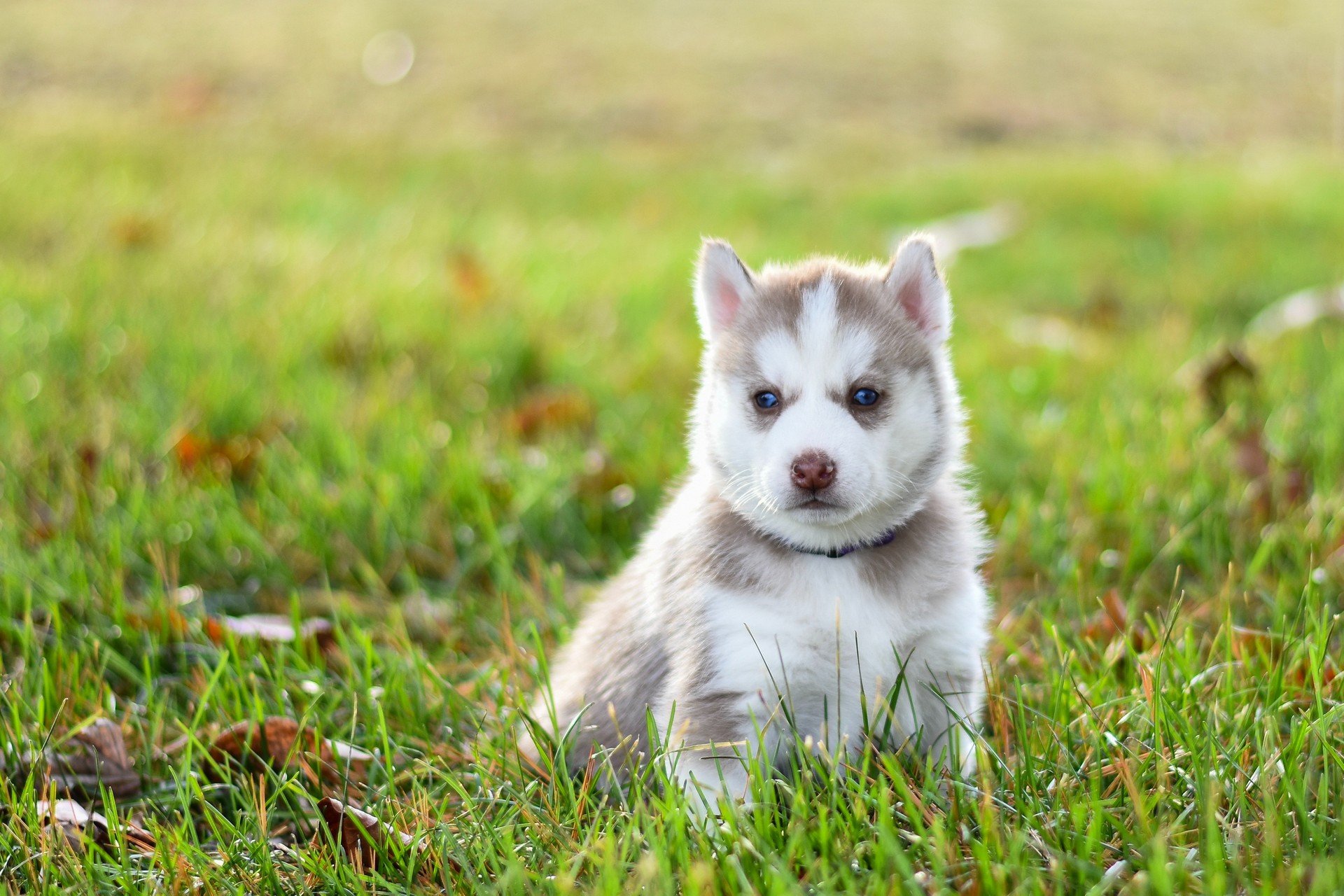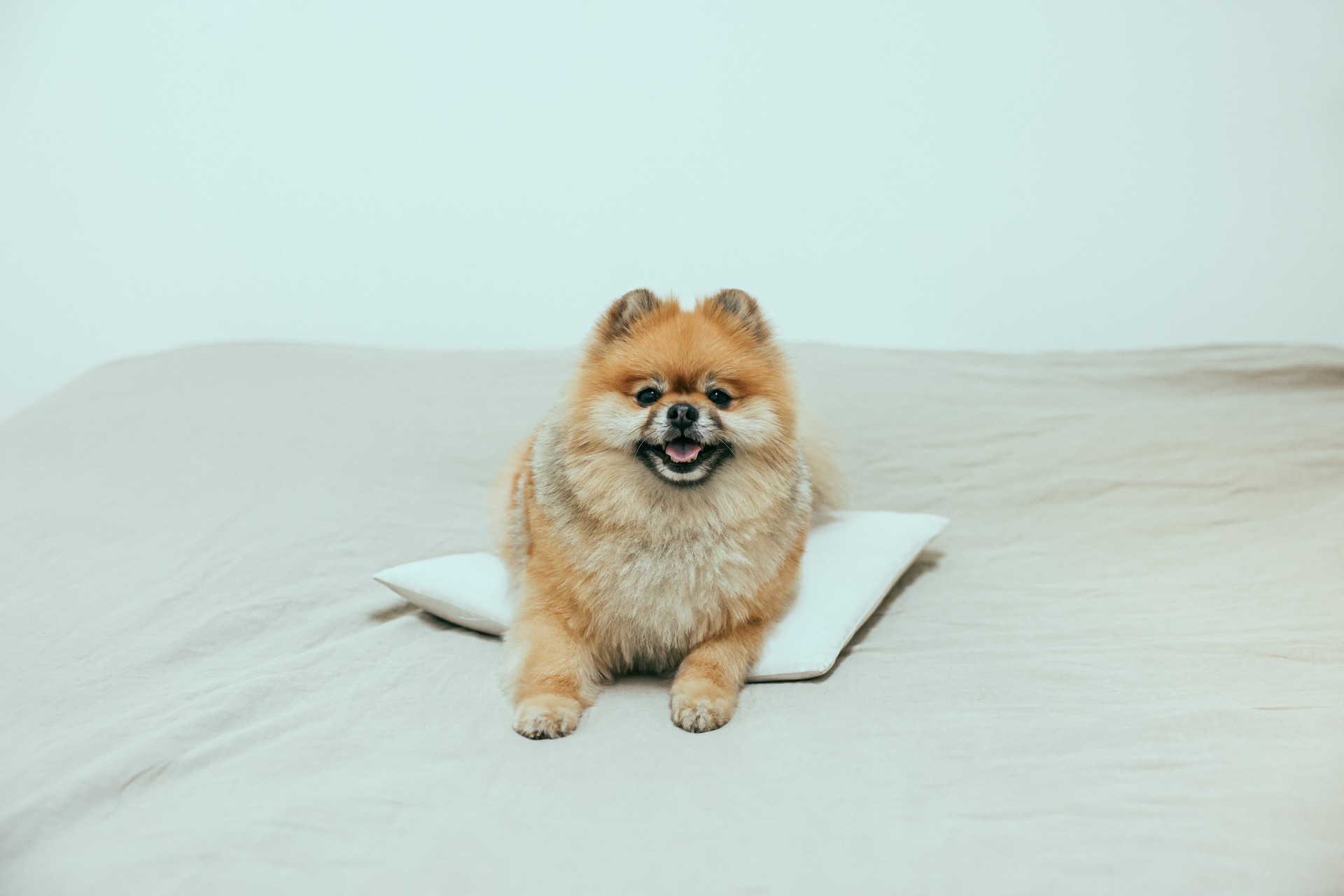Bringing your new puppy home for the first time is a wonderful experience. Watching a puppy explore its new environment provides plenty of cute and funny moments due to its clumsiness and innocent curiosity. You may even have other pets that you need to introduce your puppy to so that they can all live together in harmony. New puppies can be quite destructive during the first few weeks until they are trained. If they have not yet had all their vaccinations, then they cannot venture outside even to use the toilet. Therefore you will need plenty of supplies and some useful items to make integrating your new puppy into your home a smooth and easy process.
1. Research their particular breed
First of all, you need to study in detail all the subtleties of the dog breed that will live with you. Then, you can build on this knowledge to create ideal living conditions.
Some breeds require specific care to ensure they are happy and content in their new environment. Each dog has an individual character, but some animal instincts and behaviors are innate. You need to adapt to this or try to re-educate the dog a little so that it is decent.
Labradors and bull breeds are full of energy and always ready to play, but if they do not exercise well, this energy will quickly be focused on destructive behavior.
2. Prepare your home
After you know about your dog’s nature and character, you can start preparing the home. Before meeting with a puppy, you need to make the house safe so that the baby, in the course of getting to know the territory, does not harm himself and does not spoil the owners’ things.
You should choose places the puppy will use for rest, games, meals, and the toilet. Even a small apartment on the first day can be intimidating for a young dog, especially if it smells like other animals. To minimize the stress of the move, set up a quiet, safe place in advance to use as a “den.” Buy bowls for food and water and comfortable bedding.
More:10 Ways Pets Improve Your Health
3. Purchase a good supply of puppy pads
Another useful tip for bringing a new puppy home is to purchase a good supply of puppy pads. If your puppy cannot go outside, you will need plenty of pads to use as a bathroom until it is old enough for outdoor walks.
Buying pads in bulk using the Internet is much cheaper than purchasing them from your local pet store. Start by placing the pad close to your puppy’s bed, and then gradually move it closer towards the door as the puppy gets used to using it.
More:10 Easy Ways to Save on Pet Costs
4. Give them plenty of toys
As well as love, new puppies need entertainment to keep them relaxed and happy. If you do not provide chew toys and other fun games, the puppy may select its toy from your personal items.
Moreover, toys not only help to keep the dog busy during the absence of the owner but also contribute to the physical and mental development of animals. They can be used in active games in nature when walking the dog.
There are many options for dog play and toys. For example, activity balls stuffed with treats are a great way to keep puppies occupied. Such a game perfectly develops endurance, reaction speed, and agility.
In addition, dogs love to bite and gnaw on toys, which will also benefit them because while chewing hard objects, the gums and jaws are strengthened, the correct bite is formed, and plaque is removed from the tooth enamel.
More:8 Ways to Organize Your Pet
5. Spray your furniture with deterrent spray
If the puppy repeatedly soils the same place in your home, spray the area with a deterrent spray available in your pet store. Use this product when absolutely necessary, and never spray all the furniture in your home, as this will confuse and stress your new puppy.
But be careful. Before buying, you should carefully consider the packaging and study the composition. If there is a suspicion that the product is of poor quality, the purchase should be abandoned since spraying such a composition can cause health problems, not only for the dog.
More:10 Tips for Choosing a Vet for Your Pet
6. Design a strict toilet schedule
Some breeds of dogs are more challenging to learn to do their business on the street, and some are easier. A cage and a daily schedule are the tips for success in teaching your puppy to go to the toilet outside.
Ideally, a new puppy should be taken for a walk every two to three hours for the first few days to get them used to relieve themselves outside. After that, you can gradually reduce the amount of walks as the puppy grows, but try to leave around the same time each day so they can learn to wait until the right time.
Always walk your puppy before you sleep and right after you wake up.
More:10 Plants to Keep Away from Cat or Dog
7. Puppy-proof your home
A small puppy will have to be carefully monitored so that he not only does not gnaw on things left in an accessible place but also does not swallow objects that are quite small in size. So when you get a dog, be prepared to change your habits and habits at home.
Before the puppy appears, you need to prepare: remove all wires, cords, and other items that may be of interest to an unintelligent dog in inaccessible places. The stores sell special boxes and skirting boards for cables and sockets.
Certain types of plants can also be dangerous to dogs. Puppies are especially vulnerable as their immune system has not fully developed yet. Learn all the plants in your home and garden to determine whether or not they pose a threat to your puppy’s safety.
Also, it would be best if you took care of the inaccessibility of medicines, household chemicals, cosmetics, and other inedible items and substances that may seem attractive to the tooth.
More:10 Things to Consider When Choosing Dog Food
8. Introduce them to other pets on neutral ground
If other pets live in the apartment or house, conflicts may arise between the newly arrived puppy and the animals. The main rule is to gradually introduce four-legged and feathered households with a puppy, allowing them to get used to the presence and smell of each other.
For example, you can introduce them to the puppy for the first time at a local park rather than at home. This will help your existing pets to accept the new member without feeling too threatened.
If you are adopting a puppy from a shelter, you can ask to bring your existing pets to the shelter first to ensure no serious problems. Most shelters have nearby exercise grounds, or you can take all the dogs to a nearby park.
More:15 Most Popular Dog Names
9. Introduce them to the new items and experiences slowly
Switching on the vacuum cleaner or overwhelming your puppy with visitors will make the first few days even more stressful for them. Try to create a calm and peaceful atmosphere for the puppy and allow it to explore and experience new things at its own pace. Some puppies may be fearless and eager to greet everyone and everything in the first few minutes. Observing your puppy’s behavior will help you make a decision on how fast to introduce the new things.
As soon as your puppy is able to go outside, it is important to socialize it from a very young age. This will help it grow into a calm, well-adjusted adult that doesn’t have any problems when mixing with people and other dogs. Teach your puppy basic commands like sit, stay, and to come when called immediately to enable you to let them exercise freely in parks and open spaces.
More:10 Most Popular Myths about Dogs
10. Arrange a babysitter and using a professional trainer
If your puppy will be left alone when you go to work, arrange for a babysitter to take care of it until it can be alone without crying. Being separated from their mother and the rest of their litter is extremely traumatic for puppies. Crying when left alone for the first few times is perfectly normal, and the puppy can stop this behavior with gentle and patient training.
And in case you do not have time to train your puppy, bring in the help of a professional. Being able to control your dog on walks or when strangers enter the house is essential for your and your dog’s safety. Most trainers will come to your home and work with you to devise a training program for your dog. Another option is to send the puppy away to obedience school, but this can be expensive, and you will not see your puppy for several weeks.
Below, we have compiled a list of the most interesting questions about tips for bringing a new puppy home:


















Comments